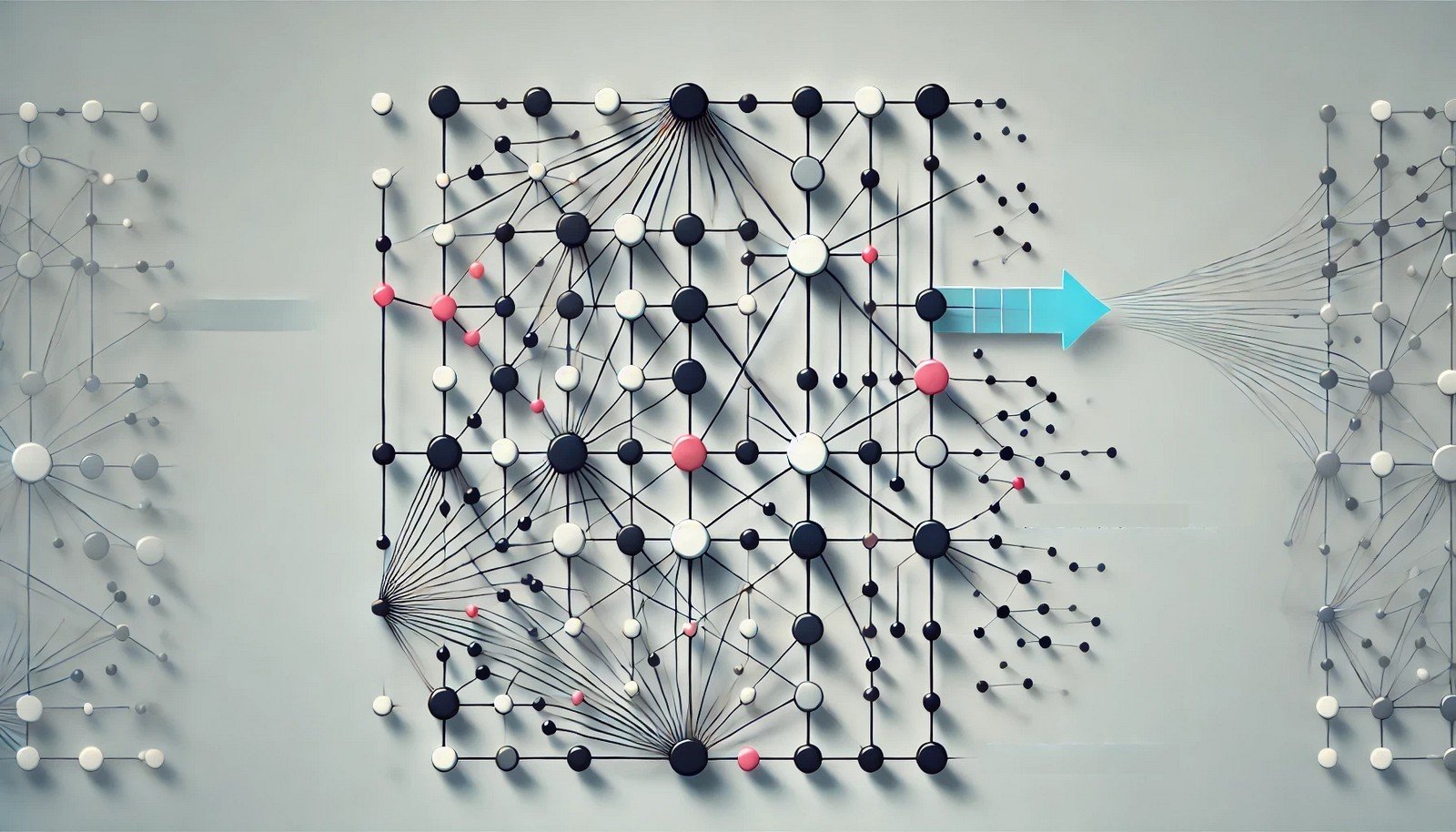Back Propagation

Quick Navigation:
- Back Propagation Definition
- Back Propagation Explained Easy
- Back Propagation Origin
- Back Propagation Etymology
- Back Propagation Usage Trends
- Back Propagation Usage
- Back Propagation Examples in Context
- Back Propagation FAQ
- Back Propagation Related Words
Back Propagation Definition
Back Propagation is a widely used algorithm in machine learning, especially in the training of artificial neural networks. It calculates the gradient of a loss function with respect to the network’s weights, allowing for adjustments that minimize errors in predictions. This iterative optimization technique updates the weights by moving "backwards" from the output layer through hidden layers to the input, fine-tuning the network to improve accuracy with each epoch.
Back Propagation Explained Easy
Imagine you’re learning to throw a basketball into a hoop. At first, you miss, but each time, you make adjustments—maybe you throw a little harder or aim higher. Back Propagation is like these adjustments. The computer ‘learns’ by seeing what it got wrong (missed shots) and then goes back to fix the process, so it gets closer to the ‘hoop’ (the correct answer) each time.
Back Propagation Origin
Back Propagation was first developed in the 1960s as a mathematical method but wasn’t applied to neural networks until the 1980s. The approach gained popularity after a 1986 paper by Rumelhart, Hinton, and Williams, who demonstrated its utility in training multi-layer neural networks.
Back Propagation Etymology
The term "Back Propagation" combines "back," referring to the reverse direction of error signal propagation, and "propagation," which indicates the spreading or passing through layers in the neural network.
Back Propagation Usage Trends
Since its revival in the 1980s, Back Propagation has become essential in neural network training. Initially, it was more theoretical, but with advancements in computing power and data availability, Back Propagation is now foundational in deep learning. It remains in heavy use today, although newer techniques like reinforcement learning and generative adversarial networks complement it in complex applications.
Back Propagation Usage
- Formal/Technical Tagging: Machine Learning, Neural Networks, Training Algorithm, Optimization, Gradient Descent
- Typical Collocations: Back Propagation algorithm, Back Propagation network, Back Propagation error, Back Propagation neural network, Back Propagation gradient
Back Propagation Examples in Context
"The neural network was trained using Back Propagation to minimize the prediction error over multiple layers."
"Back Propagation enabled the machine learning model to adjust its weights and improve accuracy progressively."
"Due to Back Propagation, the deep learning system could achieve state-of-the-art performance in image recognition."
Back Propagation FAQ
- What is Back Propagation used for?
It’s used to train neural networks by minimizing the error in predictions. - How does Back Propagation work?
It works by calculating the gradient of the loss function and adjusting weights to reduce this error in a step-by-step manner. - Who invented Back Propagation?
It was initially a mathematical concept, but its use in neural networks was popularized by Rumelhart, Hinton, and Williams in 1986. - Why is Back Propagation important?
It’s essential for making neural networks learn and generalize from data by optimizing model weights. - What are the limitations of Back Propagation?
It requires significant computational power and can be slow for very deep networks. - Is Back Propagation the same as gradient descent?
No, but it uses gradient descent to optimize the model weights. - How does Back Propagation relate to deep learning?
It’s a key algorithm for training deep learning models, helping them adjust to complex patterns. - Can Back Propagation work without labeled data?
No, it typically requires labeled data to calculate errors. - Does Back Propagation work in all types of neural networks?
It works well in feedforward networks, but in recurrent networks, it requires modifications. - What is the future of Back Propagation?
Though still vital, it may be enhanced or replaced by new algorithms for certain deep learning applications.
Back Propagation Related Words
- Categories/Topics: Deep Learning, Neural Networks, Machine Learning, Algorithm Optimization
- Word Families: Propagation, Gradient, Training, Optimization, Descent
Did you know?
Back Propagation almost went unnoticed! Although it was introduced in the 1960s, it only gained traction in the late 1980s when researchers showed its potential in training neural networks. Today, it remains fundamental to AI and deep learning, despite the emergence of newer methods.
PicDictionary.com is an online dictionary in pictures. If you have questions or suggestions, please reach out to us on WhatsApp or Twitter.Authors | Arjun Vishnu | @ArjunAndVishnu

I am Vishnu. I like AI, Linux, Single Board Computers, and Cloud Computing. I create the web & video content, and I also write for popular websites.
My younger brother, Arjun handles image & video editing. Together, we run a YouTube Channel that's focused on reviewing gadgets and explaining technology.



Comments powered by CComment